Dish Jockey: Los Tacos De Zacatecas
Zacatecas
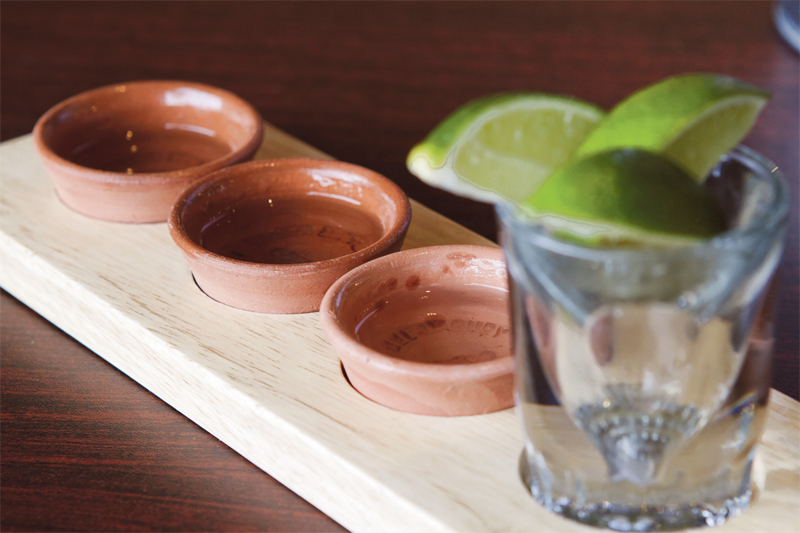
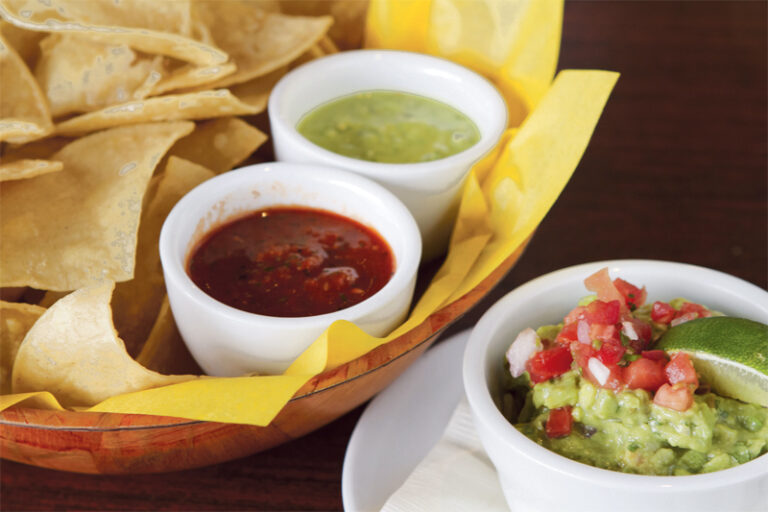
Eric Williams ericwphoto.com
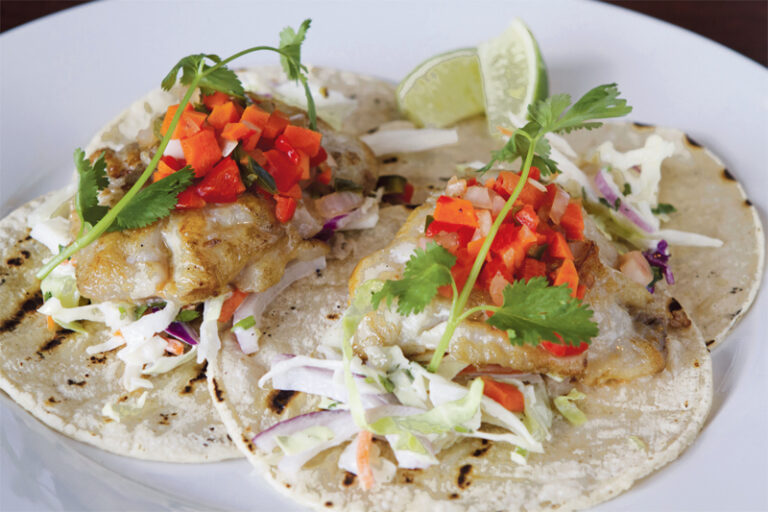
Eric Williams ericwphoto.com
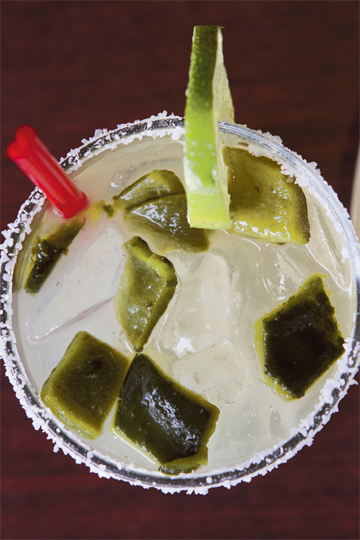
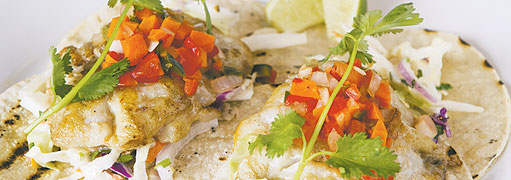
Latest Article|September 3, 2020|Free
::Making Grown Men Cry Since 1992


Eric Williams ericwphoto.com

Eric Williams ericwphoto.com


